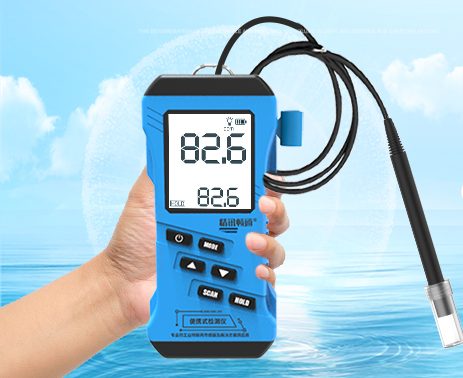Water quality detector are indispensable tools for assessing the safety and purity of water in various settings, including residential, industrial, and environmental applications. These devices play a crucial role in monitoring and safeguarding water resources, ensuring compliance with regulatory standards, and protecting public health. This essay will provide an in-depth exploration of water quality detectors, covering their types, working principles, applications, benefits, and future developments.
Types of Water Quality Detectors

Water quality detector encompass a diverse range of instruments measure different parameters and contaminants in water. Some common types of water quality detectors include:
pH detectors : pH detector measure the acidity or alkalinity of water, providing vital information about its chemical balance and suitability for various uses.

pH detector : Conductivity detector assess the ability of water to conduct an electrical current, which is indicative of its total dissolved solids (TDS) content and salinity.
Turbidity detector : Turbidity detector quantify the cloudiness or haziness of water caused by suspended particles, offering insights into water clarity and potential contaminants.
Dissolved Oxygen detector : Dissolved oxygen detector gauge the concentration of oxygen dissolved in water, a critical parameter for aquatic ecosystems and wastewater treatment processes.
Conductivity Sensors: Conductivity is a measure of water’s ability to conduct electrical currents, which is influence by the presence of dissolved ions. Conductivity sensors help in assessing the salinity and overall chemical composition of water, which is important for various industrial, agricultural, and environmental applications.

Working Principles of Water Quality Detector
Water quality detectors operate based on various principles and technologies to measure and analyze different water parameters. For instance:

- pH meters utilize a glass electrode and reference electrode to measure the concentration of hydrogen ions in the water, providing a pH reading.
- Conductivity meters rely on the measurement of electrical conductivity to estimate the TDS content and salinity of water.
- Turbidity meters use light scattering or absorption techniques to quantify the amount of suspended particles in water, providing a turbidity value.
- Dissolved oxygen meters employ electrochemical sensors or optical probes to determine the concentration of dissolved oxygen in water.
Applications of Water Quality Detectors
Water quality detectors find widespread applications across different sectors and industries, including:

- Drinking Water Monitoring: Water quality detectors are assess the safety and potability of drinking water by measuring parameters such as pH, turbidity, chlorine levels, and microbial contaminants.
- Industrial Water Treatment: In industrial settings, these detectors are monitor and control water quality in processes such as cooling, boiler feed, and wastewater treatment to ensure operational efficiency and compliance with regulations.
- Environmental Monitoring: Water quality detectors play a vital role in environmental monitoring programs, helping to assess the health of natural water bodies, detect pollution sources, and protect aquatic ecosystems.
- Aquaculture and Fisheries: These detectors are utilized to monitor water quality in aquaculture systems and fish farms, ensuring optimal conditions for fish and aquatic organisms.
- Research and Education: Water quality detectors are essential tools in research laboratories and educational institutions for studying water chemistry, environmental science, and related disciplines.
Conclusion
Water quality detectors are essential tools for assessing, monitoring, and maintaining the safety and purity of water in diverse applications. These detectors play a critical role in safeguarding public health, protecting the environment, and ensuring compliance with water quality regulations. As technology continues to evolve, ongoing research and development efforts are expected to lead to further improvements in sensor capabilities, portability, connectivity, and analytical techniques. The continued advancement of water quality detectors will contribute to the efficient management of water resources, the protection of aquatic ecosystems, and the provision of clean and safe water for various uses.
